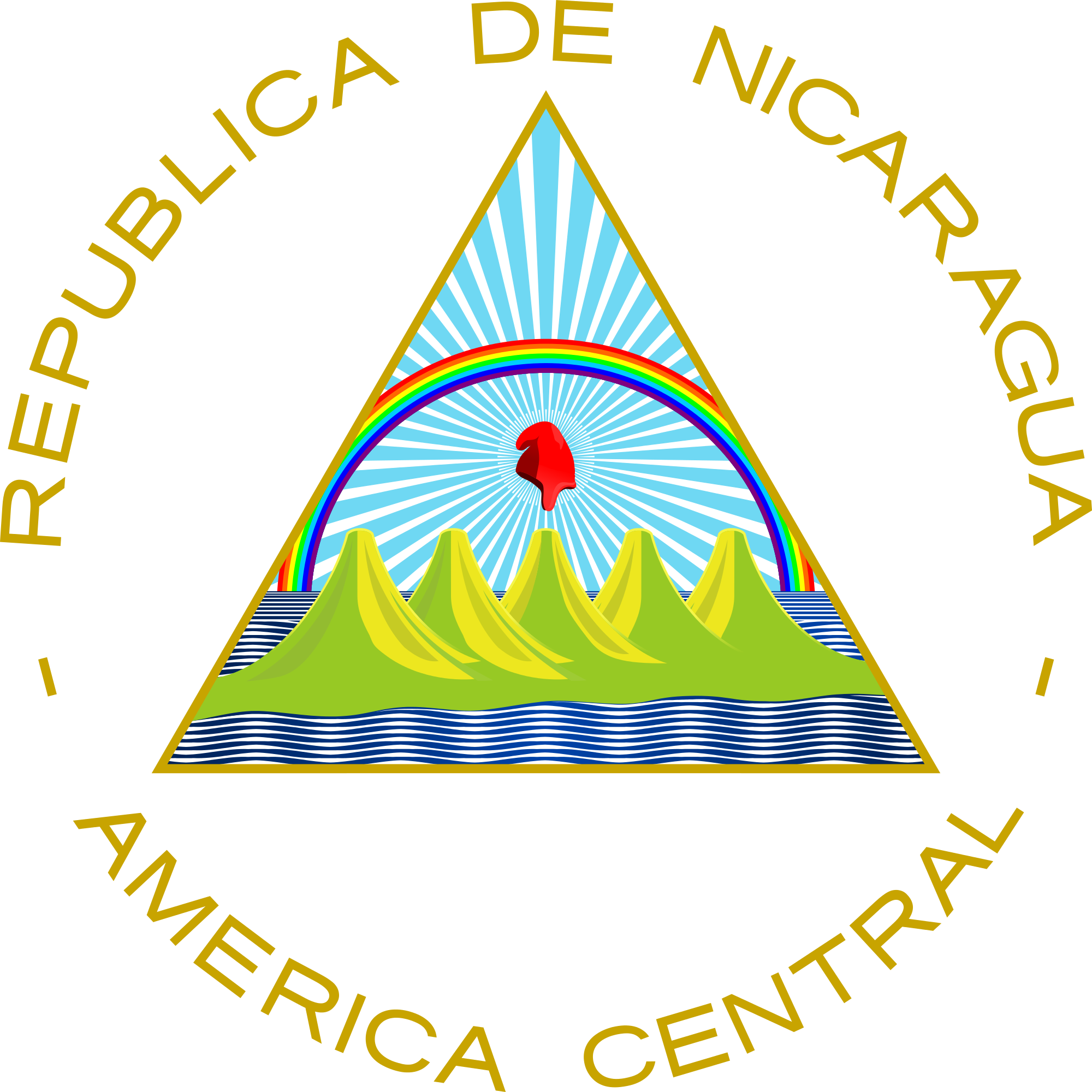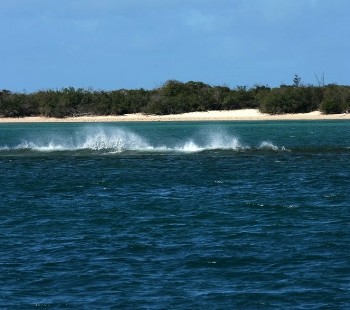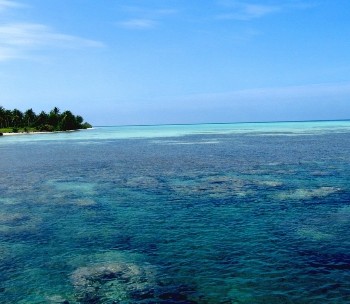Coat of arms of Nicaragua

Many modern states of Africa, Central and South America had to make a lot of efforts to gain independence from the powerful countries of this world. And, in addition, go the path of self-identification, defining boundaries and the main official symbols. For example, the coat of arms of Nicaragua, which appeared in 1823 as a symbol of Central America, underwent many changes before it acquired modern outlines..
From 1880 to 1908 the main symbol of Nicaragua was decorated with laurel and oak branches tied with a scarlet ribbon. In addition, on the coat of arms there were crossed banners of victory, rifles and other weapons designed to emphasize the willingness of the Nicaraguans to defend the country from external enemies with weapons in their hands..
Description of the modern coat of arms
In choosing the shape and elements of the main symbol of Nicaragua, the authors showed great originality. They departed from the classic forms known in Europe and America, did not use any royal regalia and colors..
The coat of arms is depicted in the form of a triangle, symbolizing equality. Five green volcanic peaks are inscribed in the triangle, reminiscent of the union of the five countries of Central America. A rainbow shines over the volcanoes, the embodiment of peace and the desire for a peaceful life.
It is extremely rare on official symbols, but is traditionally present in many cultures, where it acts as a symbol of the benevolence of the gods. The ancient Peruvians associated it with the sacred Sun, and their rulers wore the image of a rainbow on their emblems.
Due to the fact that the coat of arms depicts a rainbow and a beautiful landscape with mountain peaks, the symbol looks very bright, sunny, multi-colored.
Freedom symbol
The red Phrygian cap reminds of the difficulties on the way to independence and independence. At one time it was used by the ancient Romans, then it became a symbol of the Great French Revolution. Moreover, initially the color did not really matter. In 1792 the sansculottes captured the Tuileries Palace and forced the king to wear a red headdress. Later, Marianne, who became the national symbol of France, was portrayed in a red Phrygian cap..
The red cap, as a symbol of freedom, crosses the seas and oceans, appears on the official symbols of some states of South and Central America. Argentina, Bolivia, Colombia, Cuba and Nicaragua, in addition to the general geographical position, are united by the red Phrygian cap depicted on the coats of arms.


